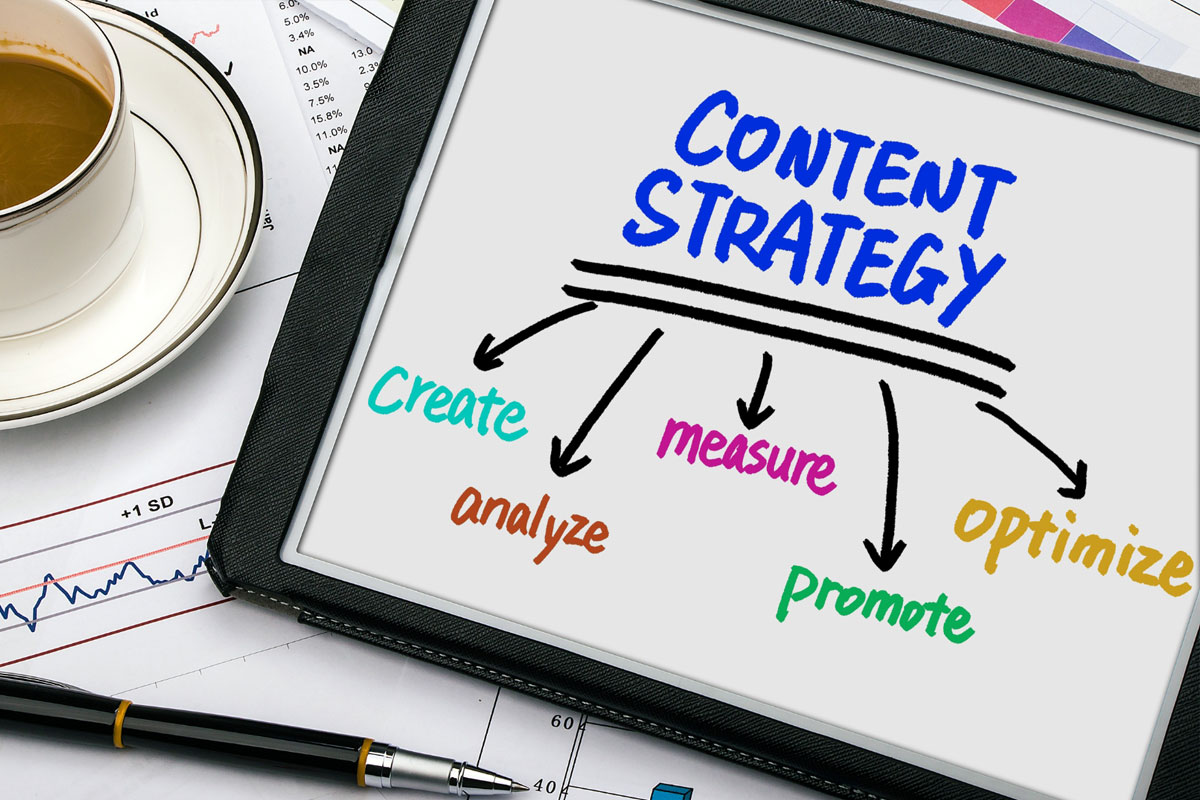
Setting clear and measurable goals and objectives is a critical step in creating an effective content calendar. This article will guide you through the process of defining content goals, aligning them with your SEM strategy, and providing examples of specific goals to help you get started.
Introduction to Setting Goals and Objectives
Purpose of Defining Content Goals and Objectives Defining content goals and objectives provides direction and focus for your content creation efforts. Clear goals help you measure the success of your content, make data-driven decisions, and ensure that your content efforts contribute to your overall marketing strategy.
Importance of Aligning Goals with SEM Strategy Aligning your content goals with your SEM strategy ensures that your content efforts support your broader search engine marketing objectives. This alignment helps create a cohesive and integrated marketing approach, maximizing the impact of your content on search engine rankings and paid search performance.
Defining Content Goals and Objectives
Types of Content Goals
- Awareness: Goals focused on increasing brand visibility and attracting new audiences. Examples include increasing website traffic and improving search rankings.
- Engagement: Goals aimed at increasing interaction with your content. Examples include boosting social shares, comments, and time spent on page.
- Conversion: Goals centered on driving desired actions, such as lead generation, sales, or sign-ups. Examples include increasing conversion rates and driving online sales.
Setting SMART Goals
- Specific: Clearly define what you want to achieve with your content. Example: “Increase blog traffic by 20% in the next three months.”
- Measurable: Ensure your goals can be quantified and tracked. Example: “Generate 50 new leads per month through gated content.”
- Achievable: Set realistic goals that are within your reach. Example: “Boost social media engagement by 15% with interactive content.”
- Relevant: Align your goals with your overall marketing strategy. Example: “Improve product page rankings to drive e-commerce sales.”
- Time-bound: Set a timeline for achieving your goals. Example: “Increase organic traffic by 25% over the next six months.”
Examples of Specific Content Goals
- Increase Organic Traffic: Improve search engine rankings and attract more visitors to your website.
- Boost Engagement: Encourage more social shares, comments, and interactions with your content.
- Drive Conversions: Increase the number of leads, sign-ups, or sales generated from your content.
- Enhance Brand Awareness: Raise awareness of your brand and establish thought leadership in your industry.
Aligning Content with SEM Strategy
Connecting Content Goals with SEM Objectives
- Organic Search: Create content that targets high-value keywords to improve search rankings and drive organic traffic.
- Paid Search: Develop content that supports your PPC campaigns, such as landing pages optimized for conversion.
- Content Distribution: Use your content calendar to plan content distribution across various channels, including social media and email marketing, to support your SEM efforts.
Ensuring Content Supports Overall Marketing Strategy
- Integrated Approach: Align your content efforts with other marketing activities, such as email campaigns, social media promotions, and paid advertising.
- Consistent Messaging: Ensure your content conveys consistent messaging that reinforces your brand and marketing objectives.
Examples of Alignment Between Content and SEM Goals
- Content Goal: Increase organic traffic by 20%.
- SEM Alignment: Create blog posts targeting long-tail keywords identified through keyword research to improve search rankings.
- Content Goal: Boost engagement on social media by 15%.
- SEM Alignment: Share engaging blog posts and infographics on social media platforms to drive interactions and shares.
- Content Goal: Drive conversions with gated content.
- SEM Alignment: Use paid search ads to promote gated content, capturing leads and driving conversions.
Examples of Content Goals
Increasing Organic Traffic
- Objective: Improve search rankings for target keywords.
- KPI: Increase in organic traffic, higher keyword rankings.
Boosting Engagement and Social Shares
- Objective: Encourage more interactions with content.
- KPI: Number of social shares, comments, time spent on page.
Driving Conversions and Sales
- Objective: Increase leads, sign-ups, or sales.
- KPI: Conversion rate, number of leads generated, sales volume.
Enhancing Brand Awareness
- Objective: Raise brand visibility and thought leadership.
- KPI: Brand mentions, reach, impressions.
Examples of Content Goals and Objectives
| Content Goal | Objective | KPI |
|---|---|---|
| Increase Organic Traffic | Improve search rankings for target keywords | Increase in organic traffic, higher keyword rankings |
| Boost Engagement | Encourage more interactions with content | Number of social shares, comments, time spent on page |
| Drive Conversions | Increase leads, sign-ups, or sales | Conversion rate, number of leads generated, sales volume |
| Enhance Brand Awareness | Raise brand visibility and thought leadership | Brand mentions, reach, impressions |
In the next article, we will explore how to identify your target audience and conduct keyword research to map keywords to content topics effectively.

